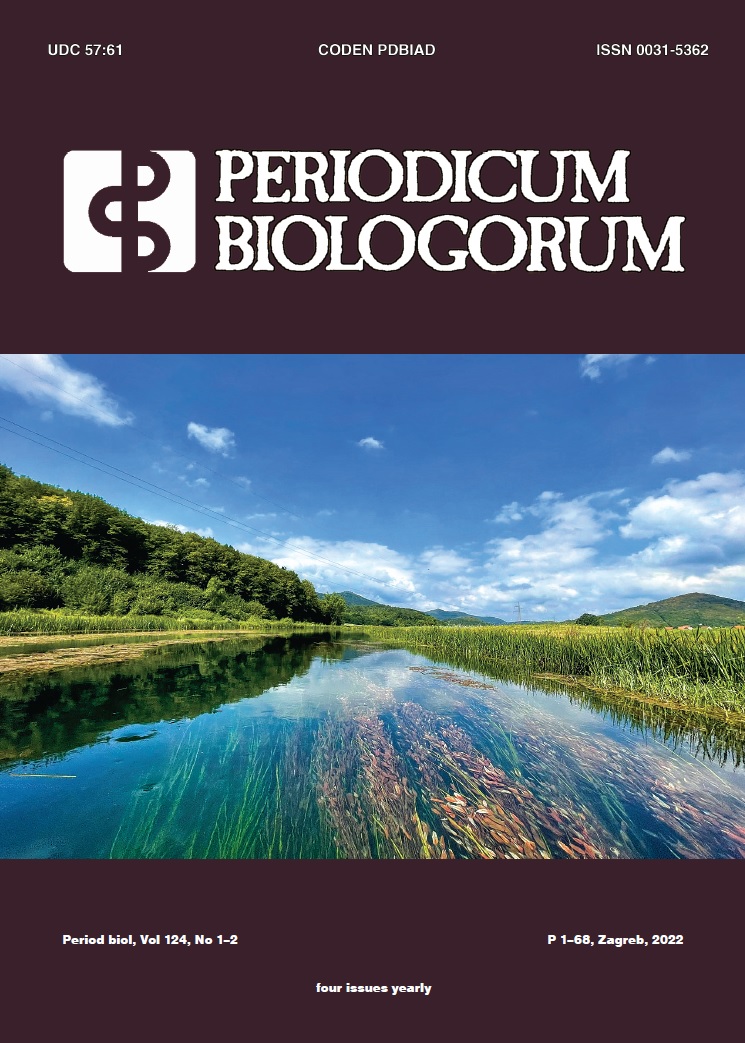Development of strain-specific SCAR primers to beneficial rhizobacteria Bacillus subtilis OSU-142
Developing specific primers to OSU-142
DOI:
https://doi.org/10.18054/pb.v124i1-2.21463Abstract
Background and purpose: Synthetic fertilizers damage the environment. Biofertilizers that consist of microorganisms emerge as an environmentally friendly alternative. Biofertilizers improve plant growth by mobilizing soil nutrients, triggering plant hormone synthesis, or competing with pathogenic bacteria. However, biofertilizers often fail due to insufficient colonization of the plant roots.
Materials and methods: To explore the colonization dynamics of a bacterial strain commonly used in biofertilizers, Bacillus subtilis OSU-142 (OSU-142), developing a set of primers specific to OSU-142 was aimed. Since its genome is unknown, to identify genomic regions unique to OSU-142 strain, DNAs of more than 40 bacterial strains were fingerprinted, most of which belong to Bacillus subtilis using the Randomly Amplified Polymorphic DNA (RAPD) method.
Results: This approach identified a polymorphic band at 880 bp, which was then cloned and sequenced. The sequence showed no perfect match to any known sequences in the tested genomic databases indicating that the region of OSU-142 DNA is highly unique. The primer was converted to Sequence-Characterized Amplified Region (SCAR) primers, and its functionality in detecting OSU-142 genome was confirmed. Newly designed primer set can specifically detect OSU-142.
Conclusions: These primers can be useful for basic science or commercial applications on tracking OSU-142 in various environments, thus contributing to biofertilizers’ adoption in the long run.
Downloads
Published
Issue
Section
License
The contents of PERIODICUM BIOLOGORUM may be reproduced without permission provided that credit is given to the journal. It is the author’s responsibility to obtain permission to reproduce illustrations, tables, etc. from other publications.


